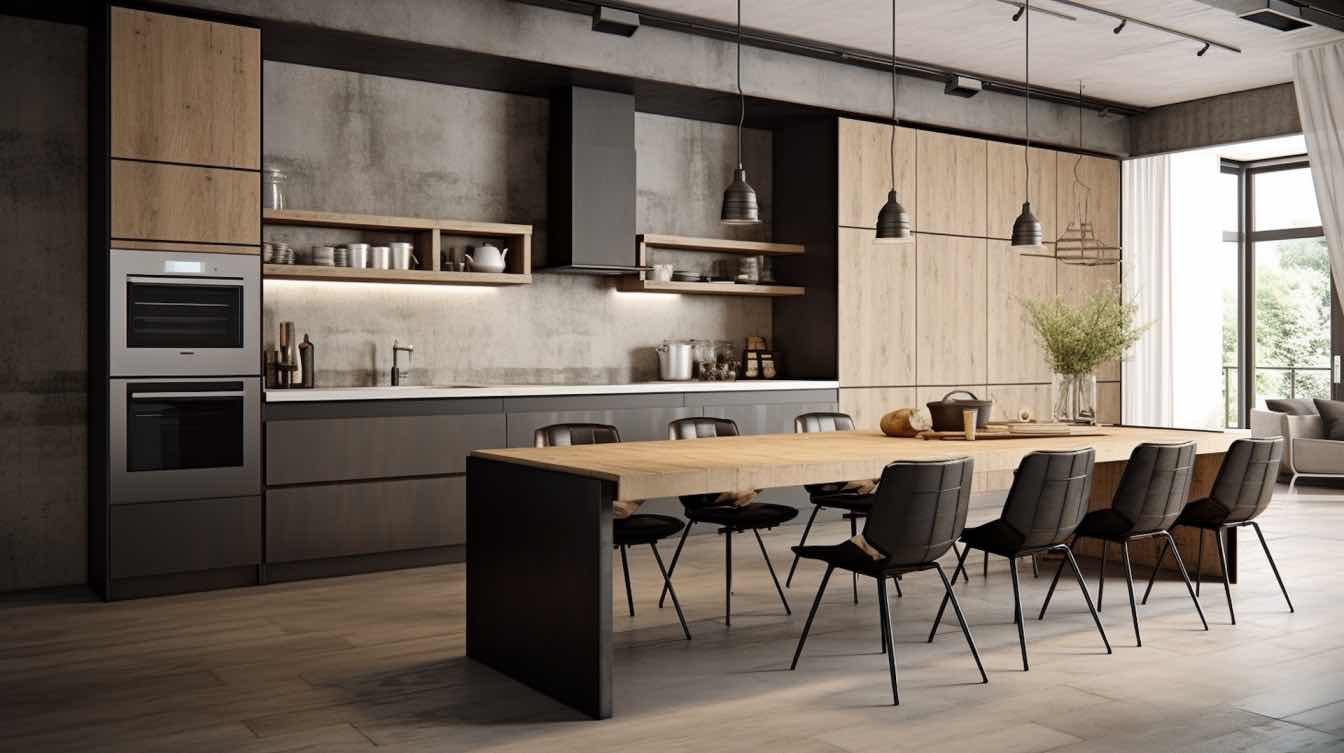Great architecture speaks for itself – but only if people stop to listen. In today’s crowded digital landscape, even the most innovative structures can fade into the background without the right approach. This isn’t about gaming the system; it’s about making sure your work connects with those who’ll appreciate it most – potential clients, collaborators, and design enthusiasts.
We’ll explore how to present your projects so they command attention, from crafting visual narratives that reveal your creative process to choosing platforms where your work naturally shines. And yes – we’ll also touch on strategic shortcuts like Viplikes’ targeted boosts, because sometimes even masterpieces need a spotlight to be seen.
When we mention boosts, we mean real engagement from actual humans interested in architecture. No empty numbers, just the right eyes on your work. After all, what’s the point of groundbreaking design if it never reaches the people who matter?
This is about making your portfolio work as hard as you do. Let’s begin.
Why Do Your Architectural Posts Disappear Into the Void?
You poured weeks into that render. The lighting is perfect, the angles dramatic – it’s some of your best work. Yet after posting, all you hear is digital crickets. What gives?
The truth is brutal: digital platforms are overcrowded galleries where even masterpieces get overlooked without the right framing. Your competitors aren’t just other architects – you’re battling cat videos, vacation photos, and whatever viral nonsense has people glued to screens today.
You’re showing conclusions, not journeys
People connect with process more than polished final shots. That initial messy sketch? The structural challenge you solved? That’s the gold.
Your visuals don’t demand pause
A static front elevation shot blends into the scroll. But a slider comparing concept to completion? A dramatic close-up of that custom brass door handle? Now we’re looking.
You’re speaking to peers, not clients
Architects love clean line drawings. Developers want to see square footage. Homeowners crave lifestyle shots. Who’s actually seeing your posts?
Try this:
-Share a 15-second timelapse of your model taking shape
- Post the “why” behind a material choice in your caption
- Ask which version of a design people prefer (and watch the comments grow)
Matching Projects to Digital Spaces
Think of online platforms like different types of exhibition venues - each attracts its own crowd and calls for a distinct presentation style. That sleek museum-worthy conceptual design? It needs different treatment than a practical residential development.
1. For Visual Storytelling
Instagram and Pinterest serve as your digital gallery walls. Here, mood boards and atmospheric shots of completed projects thrive. Try:
- Carousel posts showing a project's evolution from napkin sketch to finished space
- Behind-the-scenes reels of materials being crafted or installed
- "Detail of the day" close-ups that highlight your precision
2. When You Need to Impress Decision-Makers
LinkedIn operates more like a high-end industry mixer. This is where you:
- Share case studies with measurable outcomes ("Reduced construction waste by 18%")
- Post thoughtful commentary on urban design trends
- Connect with potential collaborators through meaningful engagement
3. To Show Personality & Process
TikTok and Reels work like an open studio event - casual but captivating:
- Quick tours of works-in-progress
- "Day in the life" snippets that humanize your practice
- Playful comparisons of your renders vs. reality
Pro Tip: Your portfolio website remains the curated solo exhibition - the place where everything ties together beautifully. Use these other spaces to drive traffic there.
It's not about being everywhere, but about being strategic where it counts. A single well-chosen platform, used consistently, outperforms sporadic presence across all of them.
The Architect's Dilemma: To Boost or Not to Boost?
Every designer knows the frustration: you've created something extraordinary, yet it disappears into the digital void. Like a stunning building on an empty street, your work deserves to be seen by the right eyes. Strategic promotion isn't cheating - it's simply ensuring your portfolio reaches those who'll appreciate it most.
The key lies in authenticity. When considering external promotion, focus on services that connect you with genuine design enthusiasts like Viplikes, not just vanity metrics. Time these efforts carefully - align them with competition deadlines, major project launches, or when breaking into new markets.
But remember: no amount of promotion can compensate for mediocre work. Your designs must speak for themselves first. This approach merely ensures they're heard by the right audience. Think of it as choosing the perfect exhibition space rather than just hanging your work on any available wall.
Ultimately, it's about balance. Your architectural expertise remains paramount, but in today's crowded digital landscape, sometimes even masterpieces need careful positioning to get noticed. The goal isn't just visibility - it's meaningful connections with clients and collaborators who truly value your vision.





